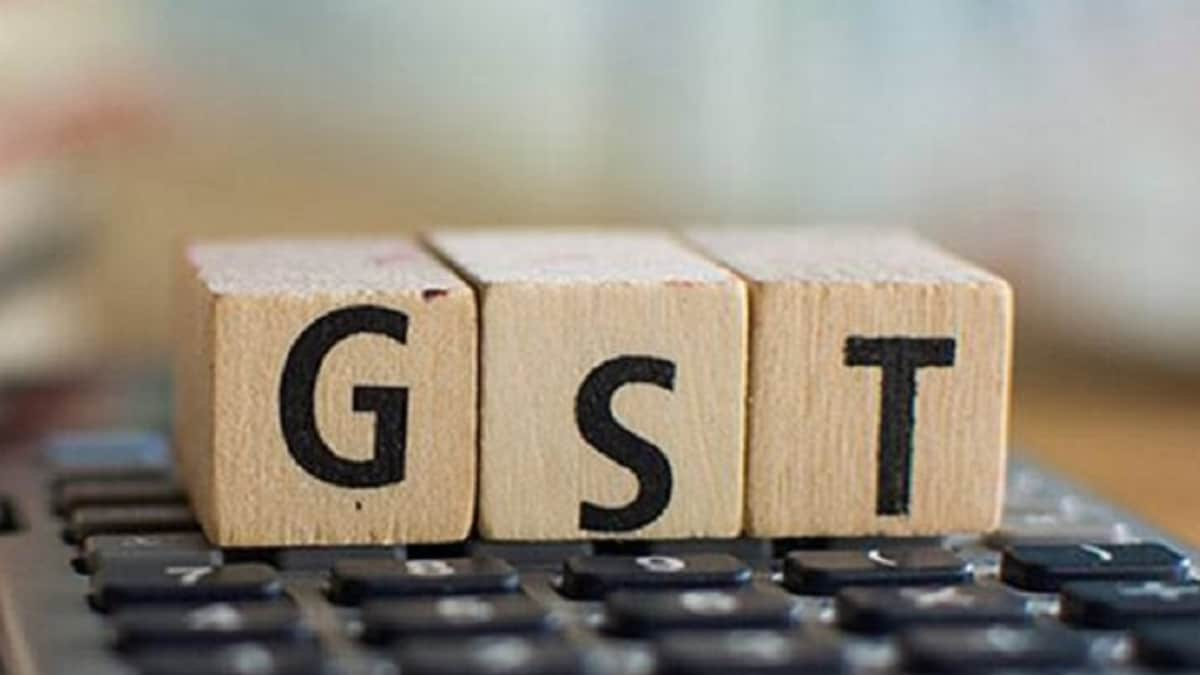The Goods and Services Tax (GST) Council’s recent deliberations on rate rationalization have resulted in significant changes to tax rates across various sectors. The recommendations, spearheaded by a Group of Ministers (GoM), aim to achieve a balance between providing tax relief to consumers on essential items while increasing revenue from luxury goods. The proposed changes include exemptions for certain health insurance premiums, reduced rates for everyday items like bicycles and exercise books, and increased rates for high-end products like wristwatches and expensive shoes. These adjustments represent a considerable reshaping of the GST structure, intending to optimize revenue generation and enhance consumer affordability simultaneously. The impact on various sectors and consumers warrants a close examination.
GST Exemptions and Rate Reductions: A Boon for Consumers?
The GoM’s recommendations include substantial relief for consumers on certain items. A key highlight is the proposed exemption of GST on health insurance premiums up to Rs 5 lakh coverage for individuals (excluding senior citizens). This move is expected to make health insurance more accessible and affordable for a larger section of the population. The exact tax treatment for senior citizens remains under consideration.
Health Insurance Relief
The partial exemption on health insurance premiums represents a significant step toward making healthcare more affordable. This targeted relief directly addresses the rising cost of medical care, a concern for many Indian households. The exclusion of senior citizens from this particular exemption suggests the need for further evaluation and potentially more extensive policy provisions.
Reduced Rates on Essential Goods
Furthermore, the proposed reduction in GST rates on various everyday items, including 20-litre packaged drinking water, bicycles (under Rs 10,000), and exercise notebooks, to 5 per cent from 12% and 18%, is expected to positively impact consumer spending and overall affordability. This targeted approach to reducing GST on essentials offers a noticeable price reduction that benefits low to middle income households the most.
GST Hikes on Luxury Goods: Balancing the Budget
To offset the revenue losses incurred by the proposed reductions, the GoM also recommended a significant increase in GST rates on luxury items. This involves raising the GST rate on high-end wristwatches (above Rs 25,000) and shoes (above Rs 15,000) to 28 per cent from the current 18 per cent.
Increased Rates for Luxury Items
This measure aligns with the government’s policy of targeting luxury goods for revenue generation. By increasing tax rates on items viewed as non-essential, the government hopes to reduce revenue leakage and balance the reduced tax income resulting from changes on everyday commodities. It’s anticipated this strategy will have limited impact on lower to middle income consumers.
The Revenue Impact of GST Restructuring
The overall proposed changes are projected to yield a net revenue surplus of Rs 22,000 crore. This suggests that the increased tax on luxury items would compensate the income loss through lowering the GST on daily use products. The success of this plan hinges on the implementation process and market response. It will also dictate whether additional tax policy changes will need to happen to ensure the budget is in surplus.
The GST Council’s Role and Future Outlook
The GoM’s recommendations are not final and need approval from the GST Council. The Council, comprising representatives from both the central and state governments, holds the ultimate decision-making power in determining the final GST rates.
Council Approval and Implementation
The Council’s role is crucial as its decision on the proposal will significantly impact the budget plans of both central and state governments. Any modification would need to reflect this budgetary consideration while ensuring that social, fiscal and equitable policies are all upheld. The upcoming discussions within the Council are highly important for the future tax landscape and their decisions will impact the average Indian citizen’s wallets.
Potential Economic Impacts and Societal Implications
The implementation of these revised rates will have cascading economic and social effects. It can influence consumer behaviour, demand and prices. While intended to generate surplus, the impact on business decisions, industrial production and price inflation are all issues which will also warrant further examination.
Takeaways
- The GoM proposed significant changes to the GST structure, impacting various sectors.
- Health insurance premiums (up to Rs 5 lakh) and certain everyday goods will receive reduced GST rates, providing significant tax benefits to low to middle-class consumers.
- High-end luxury goods like expensive watches and shoes will see an increased GST rate of 28%, contributing towards maintaining the budget surplus.
- The final decision rests with the GST Council, and its decision could impact consumer behavior, revenue targets, and wider economic scenarios.
The overall effectiveness of these reforms hinges upon the Council’s final approval, its effective implementation, and monitoring its impact across diverse sections of society and various economic sectors. Only then will the true benefit and extent of changes to the Indian consumer become apparent.









